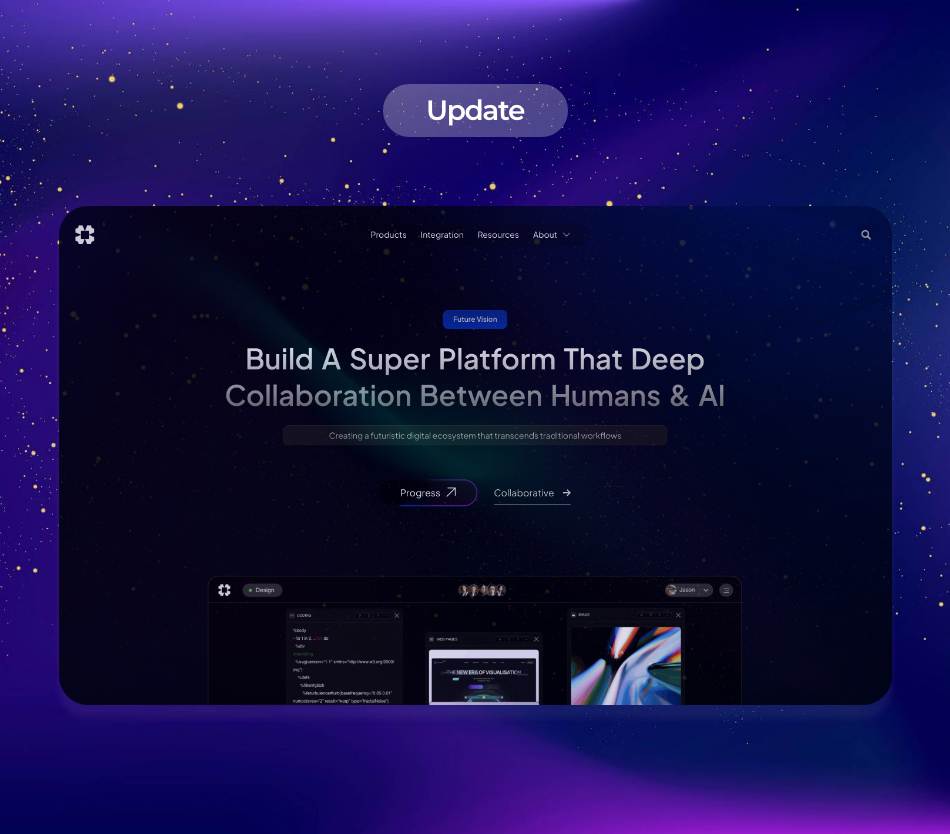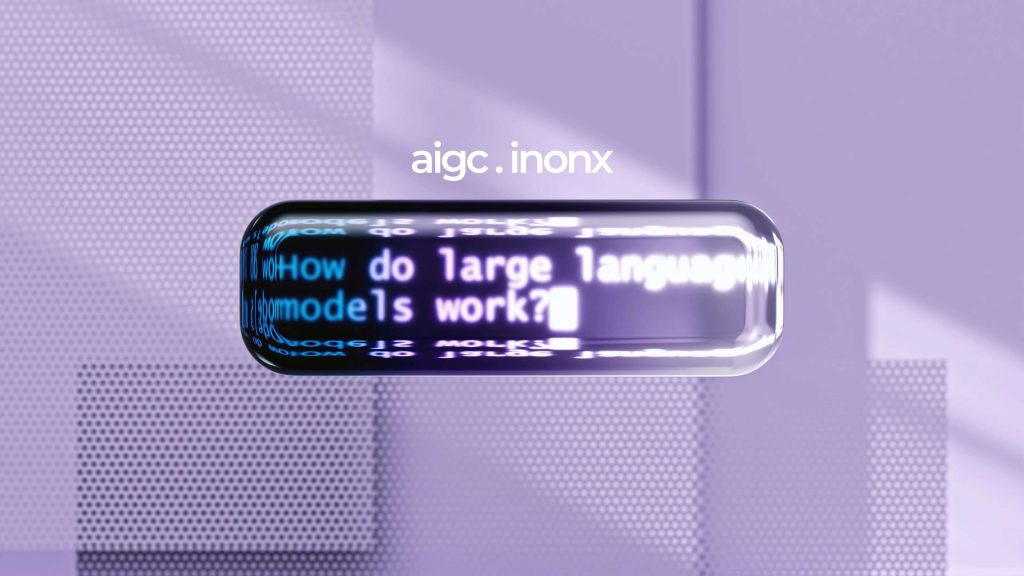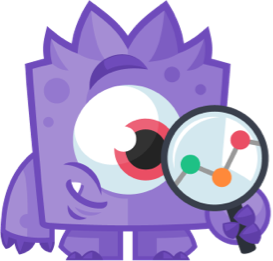Artificial Intelligence (AI) has increasingly become a cornerstone in various industries, and education technology is no exception. Educational institutions are rapidly integrating AI to enhance learning experiences, streamline administrative tasks, and foster tailored educational pathways. This article will delve into AI’s role in education technology, exploring the latest trends, innovative solutions, and practical applications that underscore how AI can reshape educational landscapes.
.
## Understanding the Landscape of AI in Education Technology
The integration of AI in education technology is revolutionizing how students learn and educators teach. From intelligent tutoring systems that provide personalized instructions to automated grading software that eases the burden on teachers, AI holds the potential to significantly enhance the efficiency and effectiveness of educational practices. With a global shift toward digital learning due to the pandemic, the need for robust educational tools has never been clearer.
.
### Current Trends in AI Education Technology
According to recent reports, a vast majority of educational institutions have begun piloting or implementing AI-driven tools. Here are some of the most significant trends observed:
1. **Personalized Learning Experiences**: AI systems can analyze individual student performance data, learning styles, and preferences, creating custom educational content that caters to each learner’s needs. For instance, platforms like DreamBox and Smart Sparrow offer adaptive learning environments.
2. **AI-Powered Learning Assistants**: Virtual assistants powered by AI can answer students’ questions in real-time, provide resources, and guide learners through their course material. For instance, chatbots in many educational institutions help students navigate administrative processes or resolve queries.
3. **Data-Driven Insights**: AI data processing tools are becoming invaluable in analyzing vast amounts of educational data. These tools can detect trends, pinpoint areas requiring attention, and inform strategic decisions. Schools can leverage this data to improve curricula and enhance teaching methodologies.
4. **Gamification and Engagement**: AI technologies are also being integrated into gamified learning platforms, making education more interactive and enjoyable. Esports and game-based learning have emerged as effective ways to engage students who might otherwise struggle with traditional educational models.
.
## Innovative Solutions: Enhancing Education with AI
The rise of AI in education technology is accompanied by a number of innovative solutions designed to improve the learning environment. These solutions address various challenges faced by both educators and learners.
### 1. Intelligent Tutoring Systems
Intelligent tutoring systems (ITS) are AI-driven platforms that provide students with personalized instruction. Unlike traditional learning models, ITS can evaluate a student’s strengths and weaknesses in real time. By continuously adapting the curriculum based on ongoing assessments, students benefit from tailored pathways that optimize their learning experience. Research from the International Society for Technology in Education (ISTE) highlights that ITS can lead to significant improvements in student outcomes, particularly in subjects like mathematics and science.
### 2. AI for Administrative Efficiency
Administrative tasks can often detract from time spent on teaching and mentorship. AI-driven decision support systems assist educators in automating repetitive tasks such as scheduling, grading, and tracking student progress. By employing these tools, educators can redirect their focus towards providing quality instruction and fostering student engagement. Analyze the positive outcomes at the University of Phoenix, which has implemented AI solutions to enhance administrative efficiency while improving student satisfaction ratings.
### 3. Assessments and Feedback
AI data processing tools can vastly improve assessment methods. Automated grading systems analyze student submissions, providing rapid and reliable feedback. In addition, these tools can evaluate written assignments for grammar, structure, and argument strength, equipping educators with more time to focus on individualized student engagement. Products like Gradescope allow for efficient assessment of quizzes, exams, and homework, while also generating analytics on student performance trends.
.
## Industry Use Cases: Real-World Applications of AI in Education
The application of AI in education technology extends beyond theory; it’s actively transforming classrooms worldwide. Here are several noteworthy use cases that exemplify the effectiveness of AI integration:
### 1. Pearson’s AI Capabilities
Pearson, a leading education publisher, has built an entire suite of AI-powered products that personalize learning. Their “Knewton Alta” platform provides adaptive educational resources, adjusting in real time to student needs. By leveraging rich data analytics, Pearson successfully enhances learning outcomes in various subject areas.
### 2. BYJU’s Learning App
India’s BYJU’s has harnessed AI to revolutionize educational delivery. The app uses machine learning algorithms to provide personalized learning journeys based on students’ interactions and performance. This helps students progress at their own pace, resulting in higher engagement levels and improved retention of information.
### 3. Carnegie Learning
Carnegie Learning’s MATHia software integrates AI to provide adaptive instruction for mathematics. The program analyzes real-time data to understand each student’s skill level and delivers customized lessons accordingly. Their approach has shown significant improvements in student performance and engagement.
.
## Ethical Considerations and Challenges
While AI presents remarkable opportunities in education technology, it also comes with ethical considerations and challenges. Concerns regarding data privacy, bias in algorithms, and inequitable access to technology may hinder the field’s growth. Educational institutions must collaboratively establish clear guidelines to ensure AI is implemented responsibly, equitably, and transparently. This proactive approach is paramount to maximizing the benefits of AI while mitigating its risks.
.
## Conclusion: The Future of AI in Education Technology
Artificial Intelligence is poised to revolutionize the education sector in transformative ways. By providing personalized learning experiences, enhancing administrative tasks, and empowering educators with valuable insights, AI is fostering an era of innovation within education technology. As more institutions adopt AI tools, ongoing research and development, alongside ethical considerations, will be crucial in shaping an educational landscape that meets the needs of diverse learners. The future of education appears brighter, as AI continues to pave the way for a more engaging, efficient, and effective learning experience.
By harnessing AI data processing tools and AI-driven decision support systems, the very fabric of education is evolving. Now more than ever, educators, administrators, and tech developers must collaborate to leverage these advancements responsibly, ensuring all students reap the benefits of this extraordinary technology.
.
## Sources
1. International Society for Technology in Education (ISTE): “Intelligent Tutoring Systems and Their Impacts on Student Learning”
2. Pearson: “Knewton Alta: Transforming Learning with Adaptive Technology”
3. Education Week: “How Artificial Intelligence is Reshaping Assessment”
4. BYJU’s: “Creating a Personalized Learning Experience through AI”
5. Carnegie Learning: “The Future of Mathematics Learning: AI and Student Engagement”
This comprehensive summary illustrates the opportunities and responsibilities educators face as they navigate AI’s evolving role in the future of education technology.
























